Equipment Selection and Set-Up Makes a Big Difference
Of course you want a bike that fits you correctly, that's step number one. After you have the right bike, have your local shop help you set up the fork and shock pressures. If your suspension system is set up correctly, you'll be capable of riding much more of the mountain and do it more comfortably. Know that your suspension set-up will likely change as you gain more experience riding, improve your skills and increase the difficulty of the trails you ride. Some riders change suspension settings between the beginning of the season and the end of the season as their fitness changes.
In addition to suspension, tire selection and tire pressure have a big influence on your ability to ride different types of trails. Of course, a larger and more aggressive rider will want to ride higher tire pressures on technical trails than smaller and more timid rider that is staying on mostly easy terrain.
No matter the terrain or your riding style you want to set-up the equipment for you. It's all about optimizing performance and making it easier to ride the terrain that makes you smile.
More: Customize Your Fork and Shocks for Optimal Performance
Lower Your Seat on Descents
If you feel exposed and less confident on technical descents, try lowering your seat for only the descents. Know that many companies make seat posts that you can adjust on the fly. You may or may not want a full-time adjustable seat. In fact, you may find that after only a handful of rides, you can put your seat back to the optimal position for climbing and leave it there.
Use a Bigger Gear to Climb
On the road, most riders use a relatively low gear and try to "spin up" a climb. On the mountain bike, sometimes a bigger gear allows you to get over obstacles and it prevents you from spinning out. Be willing to try a bigger gear on some sections that give you trouble and see if it helps.
More: Beginner's Guide to Mountain Bike Gears
Stand Up and Move Around
In the same vein as the last tip, sometimes it takes a combination of a larger gear and a change in body position to help you clear an obstacle. Standing up allows you to move the bike—or yourself—to a position that helps you ride a particular section. This can be true going uphill and downhill.
Get Dirty
If you are a strong road rider, you can be a strong mountain biker as well. Knowing a few of the tricks can help speed up the learning curve. This column is only a beginning for tips to help you improve your skills. Additionally, riding with other people that are interested in helping you be successful can make a big difference. If you can see how someone else rides a technical section of trail, it becomes less intimidating.
Riding off-road is not only fun, it will make you a better road rider. Get dirty.
More: Knee Owner's Manual
 Ready to ride? Search for a cycling event.
Ready to ride? Search for a cycling event.- 2
- of
- 2
About the Author

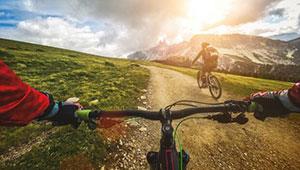


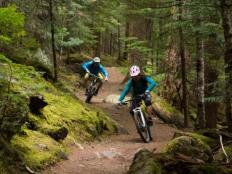
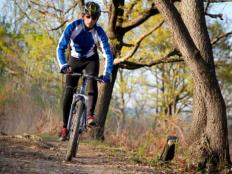
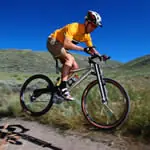
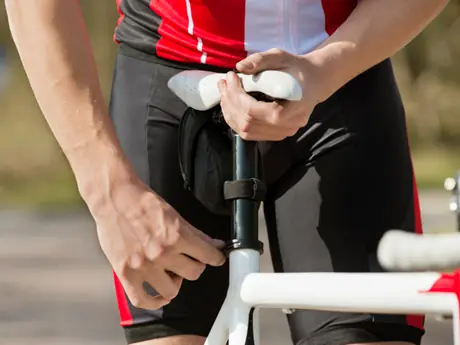
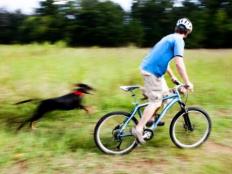
Discuss This Article